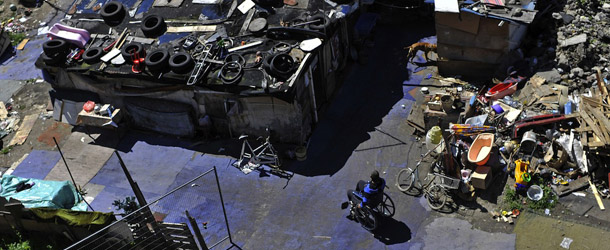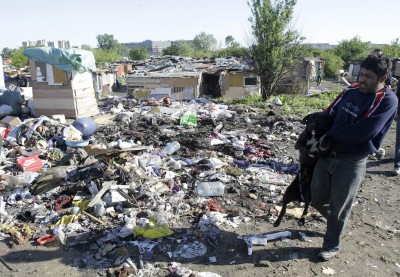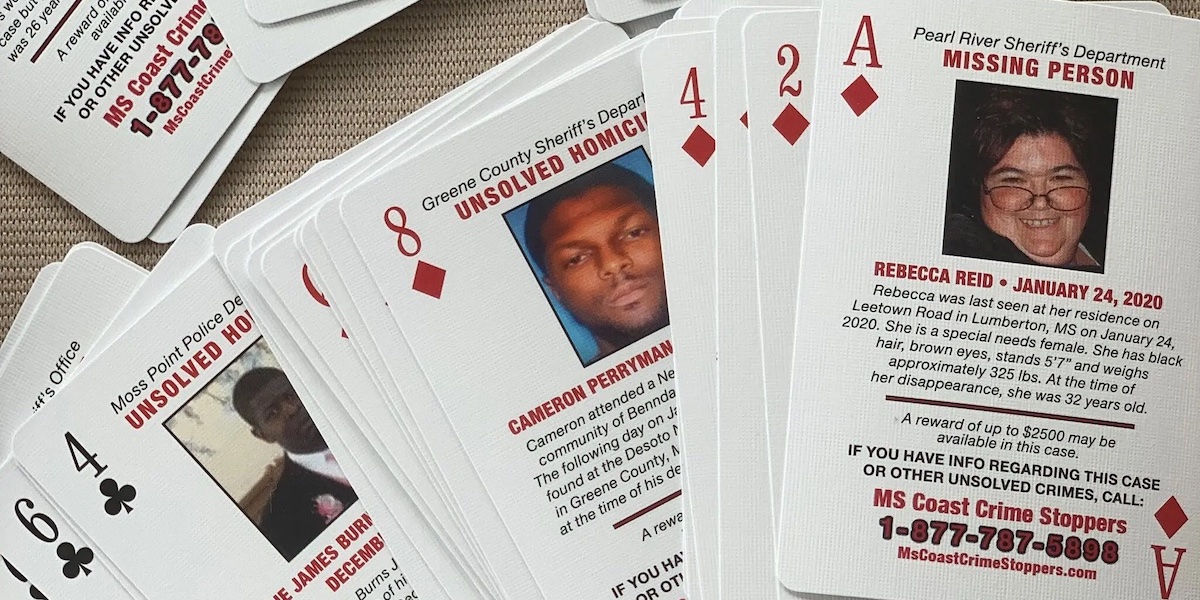Com’è fatto un campo rom
Le foto del campo di Belvil, vicino Belgrado, e delle sue 250 famiglie, che le autorità stanno sgomberando tra le proteste

altre
foto
Le autorità serbe stanno sgomberando il campo rom di Belvil, alla periferia della capitale Belgrado. Nel campo vivono circa 250 famiglie di etnia rom, per un totale di circa mille persone che ora dovrebbero essere trasferite in un’altra area nei pressi di Belgrado dove sono stati allestiti molti container. Il comune di Belgrado ha deciso lo sgombero perché il campo “era illegale” e impedirebbe la costruzione di altri edifici. Amnesty International e altre associazioni umanitarie hanno protestato contro la decisione delle autorità serbe in quanto starebbero violando “spudoratamente” i diritti umani. Le famiglie rom di Belvil, infatti, non sarebbero state adeguatamente informate dei piani di sgombero senza contare che la nuova sistemazione decisa dal Comune di Belgrado si troverebbe in un’area molto distante dai luoghi di lavoro dei rom che così “verrebbero segregati”.
Qualche settimana fa le autorità avevano pensato di trasferire le famiglie a Resnik, un quartiere al centro della capitale, ma questa ipotesi è stata scartata dopo le proteste in strada di molti abitanti della zona. In Serbia vivono ufficialmente 100mila rom, ma secondo alcune stime ufficiose il loro numero effettivo si aggira intorno alle 500mila persone (ossia il 7 per cento della popolazione totale serba), in quanto molti rom non sono stati mai registrati, né hanno documenti. In Serbia, tra l’altro, la comunità rom viene spesso minacciata e attaccata da gruppi locali di estrema destra, anche se, secondo il governo serbo, la loro condizione nel paese starebbe migliorando.
foto: ANDREJ ISAKOVIC/AFP/GettyImages



















